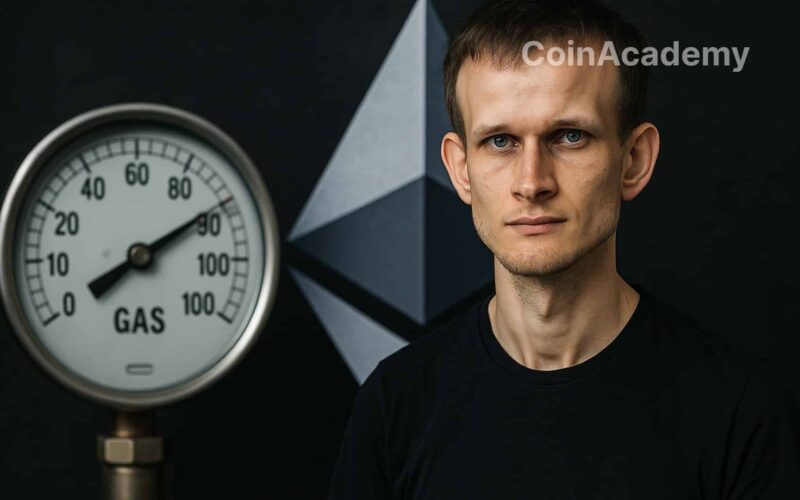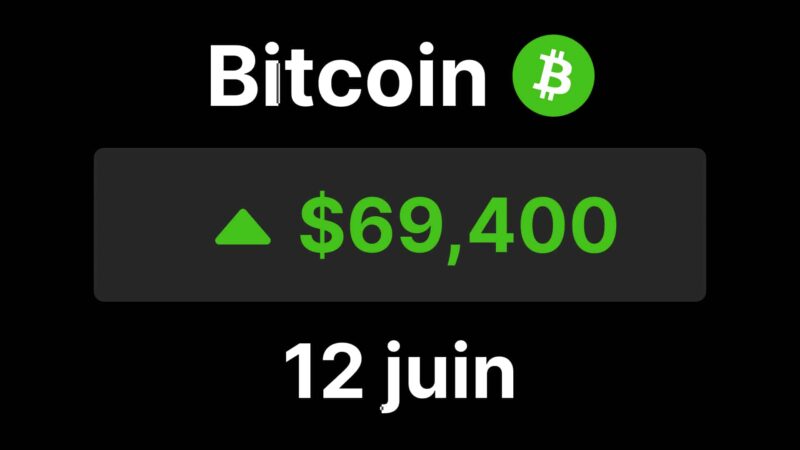Ethereum is gearing up for a major overhaul under the hood. Vitalik Buterin has just co-signed a new proposal, EIP-7983, which could profoundly change how transactions consume gas on the network. The goal: limit abuse, stabilize the machine, and make Ethereum more modular.
A Gas Limit per Transaction on Ethereum: Vitalik Aims to Stabilize the Blockchain
Today, a single transaction can technically use all the gas available in a block. The result: unbalanced execution, unpredictable performance, and increased risks for infrastructure tools, especially zkVM-type proofs.
With EIP-7983, the cap would be set at 16,777,216 gas (2^24). This number is not arbitrary: it would allow for cleaner task subdivision, more homogeneous processing, and a major simplification on the engineering side. In other words, Ethereum would shift from a free engine to a restricted yet much more stable engine.
16,777,216 is a neat number, easy to divide, facilitating downstream engineering.
excerpt from GitHub discussions.
One Step Closer to a Modular and Robust Ethereum
This proposal is part of a broader trend: that of modularizing Ethereum execution, separating complex functions into specific layers with more guarantees at the base.
Developers of zk-rollups and other scaling solutions state: it is currently difficult to parallelize transactions properly due to too irregular gas sizes. The EIP-7983 could therefore facilitate parallel processing without requiring significant modifications to current tools.
As for large transactions, like smart contract deployments, they will simply need to be split into smaller chunks. But according to the authors, the majority of activities on Ethereum remain well below this new threshold.
Still in Draft Stage, But Already Highly Discussed
The proposal is still in draft mode, but the debate is underway. In line with initiatives like EIP-7825, this text shows that a consensus is emerging: Ethereum must provide stricter execution guarantees to scale without breaking everything.
Nothing is set in stone yet, but if this EIP is adopted, it could mark a turning point in the management of network resources.




